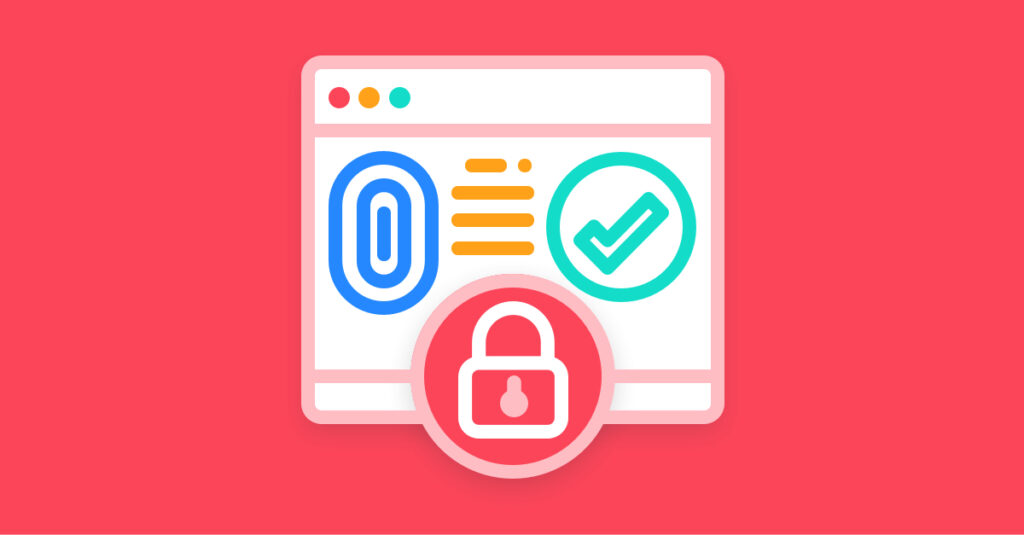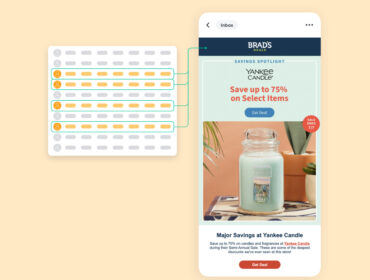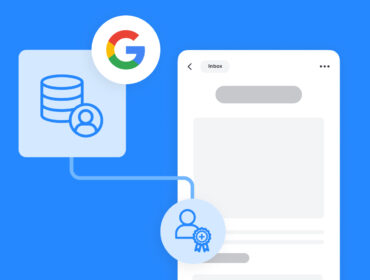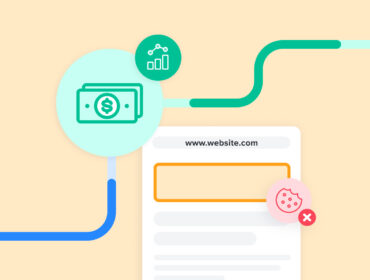The challenges and unknowns of upcoming privacy changes

Imminent privacy changes in the digital advertising world will have widespread effects – on user experience, data collection, audience targeting, and overall marketing strategies.
Publishers and brands need to be prepared for these seismic shifts.
“The ecosystem is going to blow apart, but it’s such a great opportunity for change,” says Sarah Polli, director of martech solutions at Hearts & Science, in a recent Real Time Banter webinar. “The question is, are we all going to come together and figure this out? I think that’s kind of the hope.”
To help hash out some of these upcoming obstacles, we talked to Polli about the death of the third-party cookie, the importance of attribution, and this uncharted territory we’re all about to traverse.
Here’s what to look out for.
What’s going on with the CCPA?
The California Consumer Privacy Act (CCPA) is set to be enforced on July 1, 2020, but recent news indicates that it may be pushed to October 1.
“It’s crazy that we are a month away and we’re still saying, ‘Is this happening? What do we do?'” says Polli. “It’s still a wait-and-see game.”
And it’s a dangerous one, since the CCPA will have major repercussions for data and privacy. As the CCPA website states, “CCPA grants California consumers robust data privacy rights and control over their personal information, including the right to know, the right to delete, and the right to opt out of the sale of personal information that businesses collect, as well as additional protections for minors.”
Advertisers need to be updating their privacy policies to ensure they’re CCPA compliant and providing consumers with the information they need.
“I’m always talking to internal teams and making sure our smart briefs that we’ve created for our clients are up-to-date,” Polli says. “We’re working with our clients to understand what their audience process is. What is their process to be CCPA compliant, and do they have a process?”
On top of this uncertainty, CCPA 2.0 is actively being pushed as well, keeping advertisers on their toes.
“There’s a high chance that it is going on the California ballot in November, which in theory would only be a month after CCPA is enforced,” Polli says. “And then we’ll have to learn the new one.”
Will consumers actually delete their data?
Users may be tempted to remove their data from certain websites due to privacy concerns, but there are two issues with this. First, it’s not as easy as it may seem, and, second, audiences may come to realize the benefits of data collection and targeted advertising.
When Polli tried to request for her data to be deleted, she found that it was “quite an exercise.” Out of 11 sites, two or three completely deleted her data, and those even took months. It also took four clicks on Facebook, and that was just to remove data going forward, not back data.
“It’s really cumbersome. You have to go to every individual website, and they all have their own, different policies,” Polli says. “So I’m not sure if we’ll actually see the big decrease that clients are worried about.”
That’s why she encourages brands to look at the percentage of completed requests for deletion.
“I think that number will give us an idea of how audience segments will be impacted,” she says. “And then we can extrapolate and estimate that, for example, we might have a loss of 5%. That’s a lot more digestible than 30%.”
Nick Dujnic, VP of marketing at LiveIntent, also pointed out that users may get frustrated when their data isn’t tied to advertising anymore.
“Most of the time people hate online advertising because there’s something wrong with the data,” he says. “They never really tend to notice it when they’re seeing all the wonderful things in their Facebook feed.”
Will publishers adopt a multitouch attribution model?
As we prepare to enter a cookie-less world, publishers looking to change their affiliate models from last-click to multitouch attribution (MTA) are facing a great deal of uncertainty.
“MTA is probably one of the biggest unknowns,” Polli says. “And it’s kind of ironic because the industry has spent so long trying to move away from last-touch and clicks only. So I don’t know what it’s going to look like.”
For large publishers, Polli recommends homing in on the value of your subscriber data.
The New York Times, for example, is going to remove third-party tags and rely strictly on first-party data. They have the ability to do that because they’ve built a rich data set over the years.
“I think everyone’s kind of watching them as the test case to see how it goes,” Polli says.
The Washington Post and the Interactive Advertising Bureau are also building out products to help smaller publishers with attribution.
“How does the industry come together and build an open web ID so it’s not just Google and Facebook or walled gardens, and it’s not just the big publishers that reign with all of the content?” Polli says. “I think there’s a lot of collaboration that can happen.”


